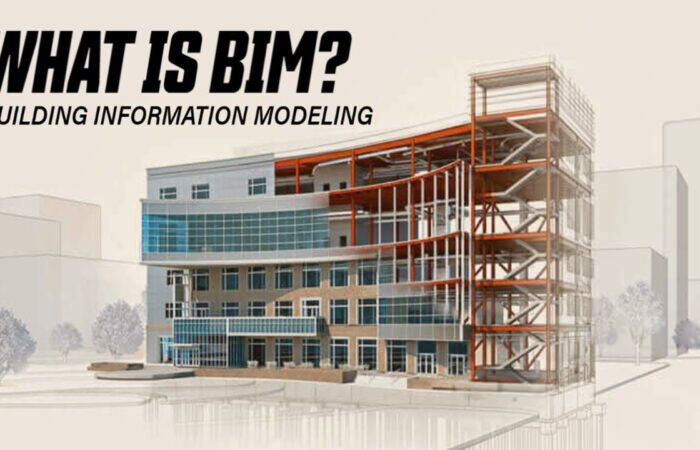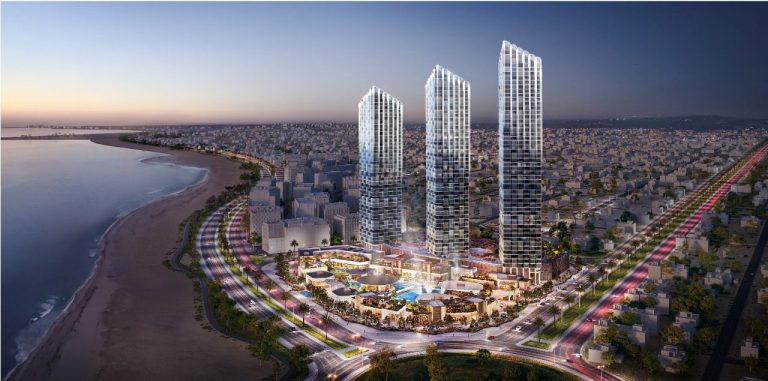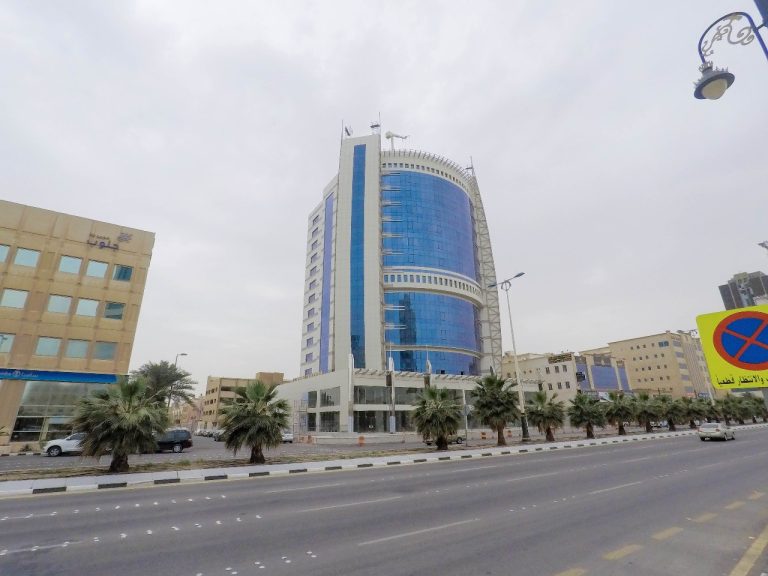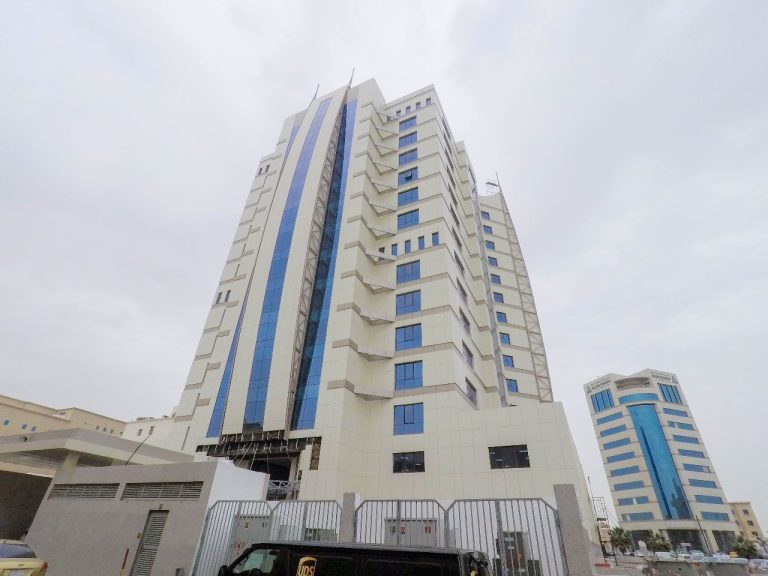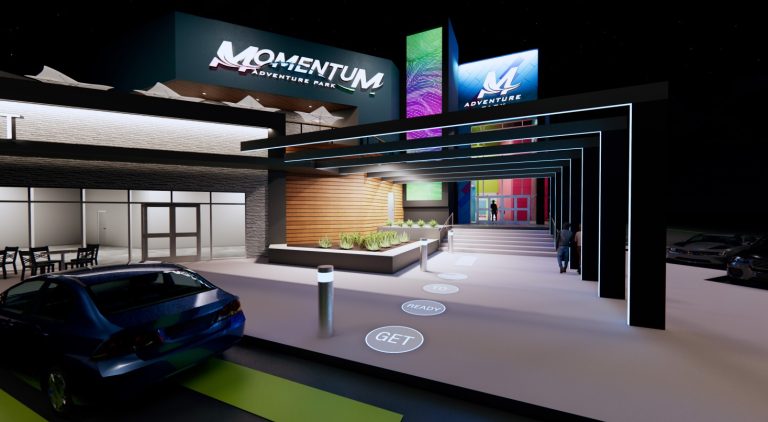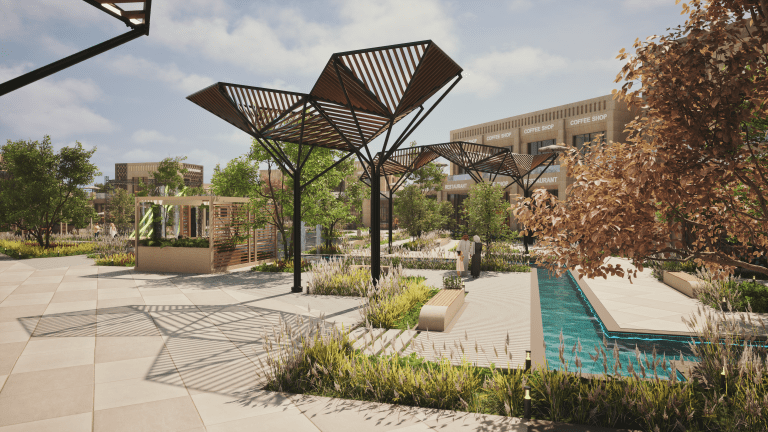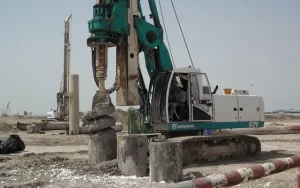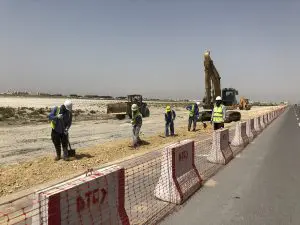Building Information Modeling (BIM) has been a game-changer for the construction industry. It is a 3D modeling tool that enables all stakeholders involved in the design, construction and operational stages of a project to have access to the same information. BIM helps improve collaboration and decision making by helping identify potential risks, optimize resources and adhere to set standards. It also allows for better visualization of components and systems, which can save time and money in the long run. In this blog post, we’ll explore BIM in depth and how it has revolutionized the industry.
Building Information Modeling (BIM)
BIM is a process for creating and managing digital representations of physical and functional characteristics of places. It allows for better understanding of a building, more efficient execution and coordination of its construction, and improved post-occupancy operations and maintenance.
The use of BIM has grown rapidly in recent years due to improved computer hardware and software capabilities, as well as increased awareness of its potential benefits. The US Department of Veterans Affairs (VA) is one early adopter that has used BIM extensively for new construction and major renovation projects. The VA estimates that BIM has saved the agency approximately 20% in design and construction costs on these projects.
Building Information Modeling (BIM) is an approach to designing buildings in which the entire lifecycle of a facility is considered. From inception, through design, construction, operation and maintenance, to decommissioning – all phases are included in the model. This holistic view can save time and money while improving safety and quality.
What Is BIM?
Building Information Modeling, or BIM, is a process for creating and managing digital representations of physical and functional characteristics of places. BIM models can be used to support a variety of tasks, including facility management, asset management, cost estimation, energy analysis, and maintenance and repair.
BIM is a collaborative way of working that brings together architects, engineers, construction professionals, and others to plan, design, construct, operate, and maintain buildings and infrastructure. The use of BIM helps reduce the risk of errors and omissions in the construction process, leading to improved project quality and reduced costs.
The benefits of BIM extend beyond the construction process. BIM can be used to support facility management by providing a digital representation of the building that can be used for planning and Scheduling Maintenance activities. Additionally, BIM can be used for analyzing energy use to identify potential ways to reduce consumption.
Scan to BIM Software
BIM software is used to create digital models of physical objects and environments. These models can be used to simulate and analyze the behavior of systems, optimize designs, and manage construction projects. BIM software is often used in conjunction with other software such as CAD, GIS, and Revit.
Creating a Common Data Environment (CDE)
A CDE is a digital platform that enables the management and collaboration of data and information associated with a BIM project. It provides a single source of truth for all project data, enabling better decision-making and coordination between project stakeholders.
The benefits of using a CDE include:
– Reduced risk of errors and omissions
– Improved coordination between disciplines
– Increased transparency and traceability of data
– Enhanced collaboration between project stakeholders
– Greater efficiency in managing BIM data
How is BIM used in the construction industry?
In the construction industry, BIM is used to create digital models of proposed buildings or structures. These models can be used to plan and manage the construction process, as well as to communicate information about the project to all stakeholders. The use of BIM can help reduce errors and rework, and can improve coordination between all parties involved in the project.
What is BIM Level 2?
In order to achieve BIM Level 2, it is necessary for an organization to develop and implement processes that consistently create and use accurate, reliable, and coordinated information throughout the project lifecycle. This includes creating a common data environment (CDE) where all project information is stored and managed. It also requires the use of standardized modeling protocols and software applications that enable data to be exchanged between different stakeholders in a consistent format.
The ultimate goal of BIM Level 2 is to provide a digital representation of the built asset that can be used to support decision-making throughout its lifecycle. This includes activities such as facility management, operations, and maintenance. By having access to accurate and up-to-date information about the asset, organizations can reduce costs, improve efficiency, and make better informed decisions.
Why is BIM important in construction?
Building Information Modeling (BIM) is an intelligent model-based process that provides insight to help you plan, design, construct, and operate more efficiently and effectively.
The benefits of BIM have been proven in many studies and by many organizations who have adopted the technology. BIM has been shown to improve communication and collaboration among project stakeholders, leading to better decision making and reduced rework. Additionally, BIM can help you save time and money by reducing the need for costly on-site inspections and rework.
BIM provides a 3D model of the project that can be used to simulate construction, identify potential problems early on, and generate accurate cost estimates. This information can be used throughout the project lifecycle to help make informed decisions about project scope, schedule, budget, and more.
Overall, BIM leads to improved project outcomes by providing greater insight into the construction process. When used correctly, BIM can save time, money, and resources while improving communication and collaboration among all project stakeholders.
How is BIM changing the construction industry?
BIM is short for Building Information Modeling and is a process that uses computer software to create a three-dimensional model of a building or other structure. The model can be used to help plan, design, and construct the building.
BIM has been around for several years, but it is only recently that it has started to be used more widely in the construction industry. There are many reasons for this, but one of the most important is that BIM can help save time and money.
When used properly, BIM can help avoid errors and rework, which can save both time and money. In addition, BIM can help improve coordination between different teams working on a project, which can also save time and money.
BIM is changing the construction industry by helping to improve the efficiency of projects and by helping to reduce costs. It is likely that BIM will continue to grow in popularity in the construction industry in the years to come.
BIM in Saudi Arabia Market
There is a growing demand for Building Information Modeling (BIM) in Saudi Arabia, as the construction sector looks to modernize and improve efficiency. The BIM market in Saudi Arabia is expected to grow at a compound annual growth rate (CAGR) of 15.8% from 2018 to 2025, according to a report by 6Wresearch. This growth is being driven by government initiatives such as the Saudi Vision 2030 and the National Transformation Program 2020, which are aimed at modernizing the country’s infrastructure. Additionally, the introduction of mandatory BIM requirements for certain construction projects is also playing a role in driving market growth.
Some of the key players in the Saudi Arabian BIM market include Autodesk, Bentley Systems, Trimble, Aveva, and Oracle.

